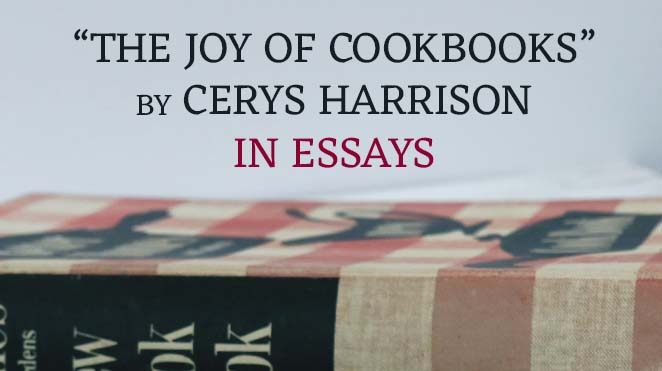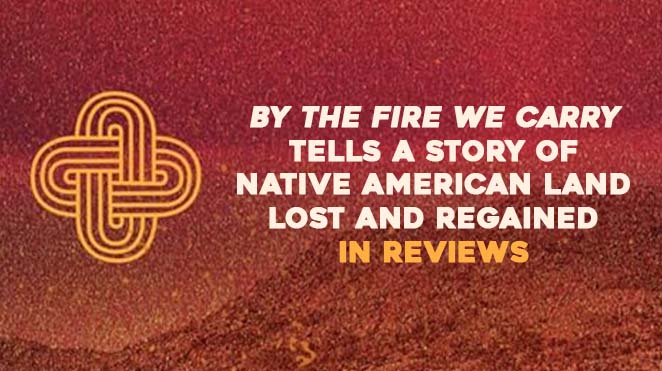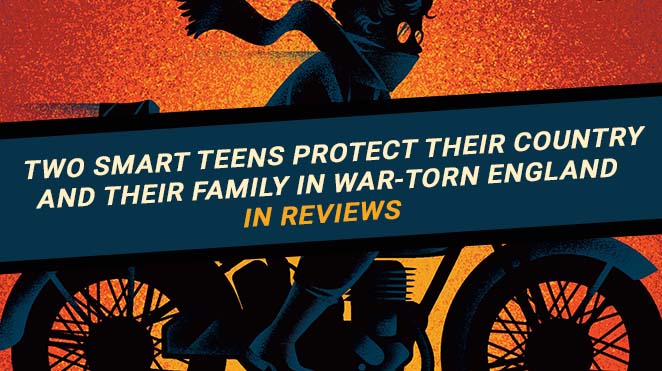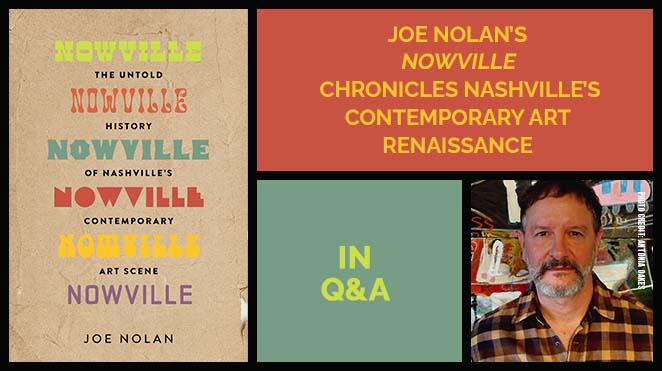Patricia C. McKissack’s newest children’s book, Let’s Clap, Jump, Sing & Shout; Dance, Spin & Turn It Out!: Games, Songs, & Stories from an African American Childhood, mines the memories of the music, stories, poetry, and rhythms of her own childhood. Born in Smyrna, Tennessee, where her mother’s grandparents once had a farm, McKissack moved to Nashville, where she grew up, about one month after her birth.
 This rich collection of songs, stories, poetry, playground rhymes, wordplay, performance pieces, folktales, parables, and much more is anchored by the historical context around the entries. McKissack’s late husband, Fredrick, did much of the research. This superb collection is one for the ages, an important contribution to the lore and language of children. It features the exuberant spot illustrations of Brian Pinkney, showing African American children leaping, dancing, and generally reveling in the joy of childhood play.
This rich collection of songs, stories, poetry, playground rhymes, wordplay, performance pieces, folktales, parables, and much more is anchored by the historical context around the entries. McKissack’s late husband, Fredrick, did much of the research. This superb collection is one for the ages, an important contribution to the lore and language of children. It features the exuberant spot illustrations of Brian Pinkney, showing African American children leaping, dancing, and generally reveling in the joy of childhood play.
Chapter 16 talked with McKissack, who turns seventy-three this year, via phone:
Chapter 16: Was it relatively easy for you to draw on these memories of the music, poetry, and stories of your childhood play?
Patricia McKissack: Yes. Of course, I eavesdropped on every group of kids I saw, jumping-rope, hand-clapping, whatever. I would just sit, listen, and observe. I am welcome in most of the schools around me. So I would just go and sit on the playground and listen to the children. That brought back the memories of my childhood play and the words we used. All the rhythms really came back to me—how we would snap our fingers, clap our hands, stomp our feet, and do different things with the verses. So, yeah, I pulled quite a bit from my own childhood by familiarizing myself with young people today.
Chapter 16: Sounds like you’ve been writing this book in your head for a long time.
McKissack: Oh, a long time! And I’d play with the kids. When I’d go to schools to do workshops, I would recall [those memories]. I’d say, “Oh, I remember doing that! Come and sit over here and do it with us!” And I would do the hand clap if I knew it, or I’d show them how we did it. I was teaching, as well as learning.
Chapter 16: Your husband, Fredrick, passed away in 2013. You note in the book that he did most of the research. Was this the last book you worked on together?
McKissack: Yes.
Chapter 16: What was his research like? Did you assist?
McKissack: We worked on it off and on for several years. Fred was a researcher from another world. He could find out information and ferret things out that most people might miss. He would find little pieces of information and record them, and then I would take his research and draft words around what he had found and the history. So, he did all the historical research. And then I lost him.
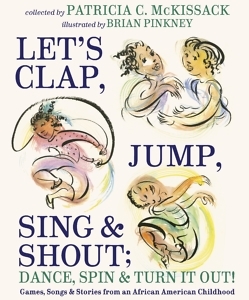 Chapter 16: I know you’ve collaborated with illustrator Brian Pinkney before. What was it like for you to see his artwork for this?
Chapter 16: I know you’ve collaborated with illustrator Brian Pinkney before. What was it like for you to see his artwork for this?
McKissack: I just squealed. Oh, man! Isn’t that artwork fabulous? The movement! It’s just incredible. I love it. It’s joyful, colorful. You feel the movement. And I wondered what [the publisher] was going to do with the artwork. And when I saw it, I was just beside myself. How joyful can you be!
Chapter 16: In this book, you write so intimately about the songs and stories and poems that fill your memories, especially of your own mother sharing poetry with you. You have three grown sons. In what ways did you share poems, stories, etc. with them when they were younger?
McKissack: The same thing my mother did: we played together. I was a very young mother. I got married at twenty and had my first child at twenty-one. I played with my children, and I told them stories. One of my favorite times was storytelling time. Oh, and they loved a good, scary story! None of them were truly scary, but they thought they were.
I grew up in a family where the oral tradition was very strong. It was the same way with my children—and now my grandchildren. The best sound I can hear is, “Mum”—they call me “Mum” —“tell us a story.” I’ll get out a book or something, and they’ll say, “No, no. Tell it with your mouth. Don’t read it.”
Chapter 16: In the book, you emphasize the tremendous value of storytelling and play in the lives of children. We hear a lot today about academically rigorous preschool programs and how, it seems, we have forgotten how much children benefit from play and storytelling.
McKissack: Oh, if we could just let them play! They learn so many skills through play that are not taught. That’s so important. Right now, play is at the bottom of the list. You have to be more computer-savvy.
Chapter 16: Are you working on anything new?
McKissack: Yes. You always keep something going! I’ve got a storybook collection that I’m working on now.
Chapter 16: In your book, you note that as a child you wore a small gold cross to ward off vampire attacks. Still wear it?
McKissack: Oh, yes, I do! But not for that reason. Oh, my goodness, I used to be terrified. Bram Stoker’s Dracula—not the kind where they walk around in daytime—was scary when I was growing up. And Christopher Lee played Dracula. We would look at that and walk home, holding on to each other. Wow, that brings back a memory! It is fun like Christmas, remembering these things.
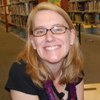
Julie Danielson, a former school librarian, blogs at Seven Impossible Things Before Breakfast and writes about picture books for Kirkus Reviews and BookPage. Her first book, Wild Things! Acts of Mischief in Children’s Literature, was published in 2014.
Tagged: Children & YA, Patricia C. McKissack
